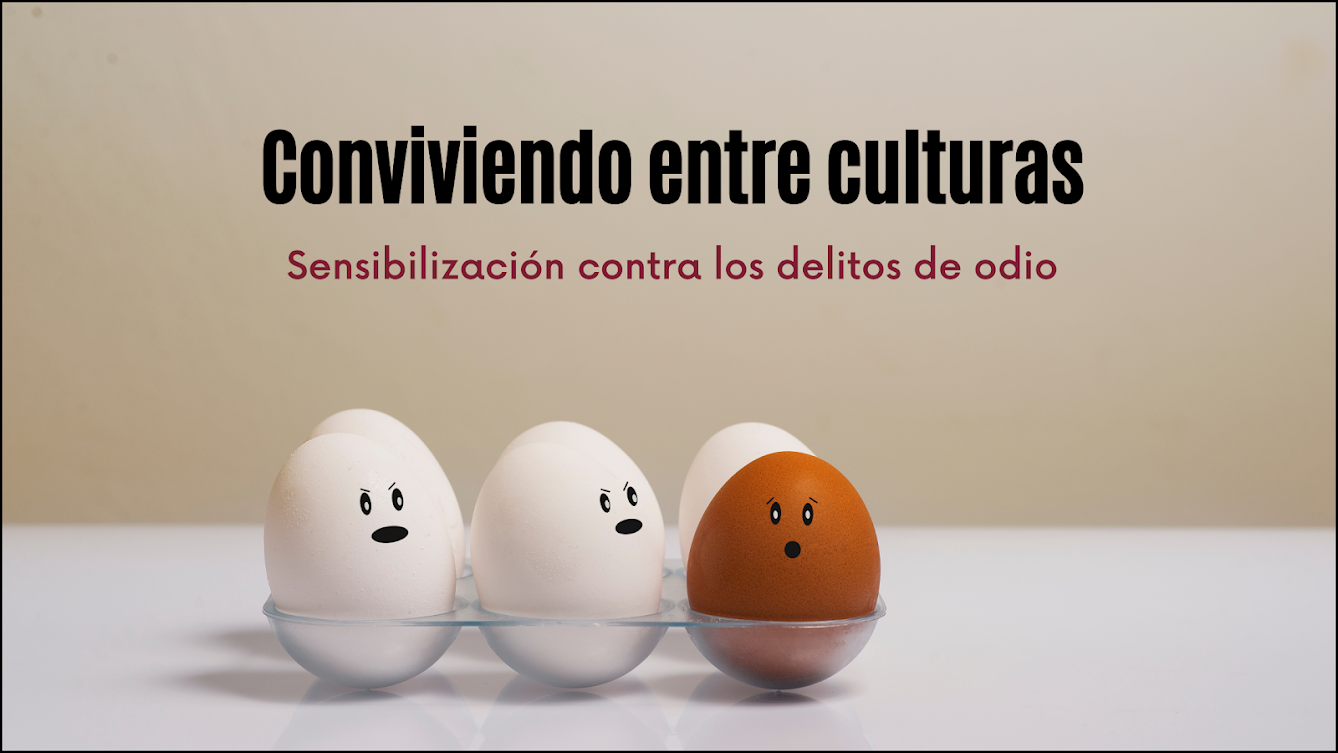He leído últimamente comentarios sobre el aspecto de las imágenes de Jesús. Antes que nada, deberíamos buscar información sobre la misma. Quizás se deba a que fue un encargo de Santa María Faustina a un pintor, quien hizo un retrato de Jesús tal cual lo vio en su visión.
Resulta que en Cáceres, España, el Cristo es negro. Está hecho con madera de iroko, de Etiopía. También en filipinas hay otra imagen así
Extraer conjeturas racistas me parece demasiado. La iconografía está adaptada a la cultura del país, como vemos en el arte bizantino. En absoluto puedo estar de acuerdo con obligar a poner imágenes, como en la Catedral irlandesa.
I have recently read comments on the appearance of the images of Jesus. First of all, we should look for information about it. Perhaps it is because it was a commission from Saint Maria Faustyna to a painter ,who made a portrait of Jesus as she saw it in her vision.
It turns out that in Cáceres, Spain, the Christ is black. It is made of iroko wood from Ethiopia. Also in the Philippines there is another image like this
To extract racist conjectures seems to me too much. The iconography is adapted to the culture of the country, as we see in Byzantine art. I absolutely cannot agree to compel pictures to be put up, as in the Irish Cathedral.
Ich habe kürzlich Kommentare zum Erscheinen der Bilder Jesu gelesen. Zunächst sollten wir nach Informationen darüber suchen. Vielleicht liegt es daran, dass es ein Auftrag der Heiligen Maria Faustyna an einen Maler war, der ein Porträt von Jesus machte, wie sie es in ihrer Vision sah.
Es stellt sich heraus, dass in Cáceres, Spanien, der Christus schwarz ist. Es besteht aus Iroko-Holz aus Äthiopien. Auch auf den Philippinen gibt es ein anderes Bild wie dieses
Rassistische Vermutungen zu extrahieren, scheint mir zu viel. Die Ikonographie ist an die Kultur des Landes angepasst, wie wir in der byzantinischen Kunst sehen. Ich kann absolut nicht zustimmen, Bilder zum Aufstellen zu zwingen, wie in der irischen Kathedrale.
J'ai récemment lu des commentaires sur l'apparition des images de Jésus. Tout d'abord, nous devons rechercher des informations à ce sujet. C'est peut-être parce que c'était une commande de sainte Maria Faustyna à un peintre, qui a fait un portrait de Jésus tel qu'elle l'a vu dans sa vision.
Il s'avère qu'à Cáceres, en Espagne, le Christ est noir. Il est fait de bois d'iroko d'Ethiopie. Aux Philippines aussi, il y a une autre image comme celle-ci
Extraire des conjectures racistes me semble trop. L'iconographie est adaptée à la culture du pays, comme on le voit dans l'art byzantin. Je ne peux absolument pas accepter de forcer la mise en place de photos, comme dans la cathédrale irlandaise.
لقد قرأت مؤخرًا تعليقات حول ظهور صور يسوع. بادئ ذي بدء ، يجب أن نبحث عن معلومات حول هذا الموضوع. ربما لأنه كان تكليفًا من القديسة ماريا فوستينا للرسام الذي رسم صورة ليسوع كما رآها في رؤيتها.
اتضح أن المسيح في كاسيريس ، إسبانيا ، أسود. وهي مصنوعة من خشب إيروكو من إثيوبيا. أيضا في الفلبين هناك صورة أخرى مثل هذه
إن انتزاع التخمينات العنصرية يبدو لي أكثر من اللازم. تتكيف الأيقونية مع ثقافة البلاد ، كما نرى في الفن البيزنطي. لا يمكنني الموافقة على إجبار الصور على طرحها ، كما هو الحال في الكاتدرائية الأيرلندية.
Di recente ho letto commenti sull'apparizione delle immagini di Gesù. Prima di tutto, dovremmo cercare informazioni al riguardo. Forse è perché è stata una commissione di Santa Maria Faustyna a un pittore, che ha fatto un ritratto di Gesù mentre lo vedeva nella sua visione.
Si scopre che a Cáceres, in Spagna, il Cristo è nero. È fatto di legno di iroko dell'Etiopia. Anche nelle Filippine c'è un'altra immagine come questa
Estrarre congetture razziste mi sembra troppo. L'iconografia è adattata alla cultura del paese, come vediamo nell'arte bizantina. Non posso assolutamente accettare di costringere le immagini a essere montate, come nella Cattedrale irlandese.
Niedawno przeczytałem komentarze na temat wyglądu wizerunków Jezusa. Przede wszystkim powinniśmy poszukać informacji na ten temat. Być może dlatego, że była to zlecenie od św. Marii Faustyny malarzowi, który wykonał portret Jezusa, widząc go w swojej wizji.
Okazuje się, że w hiszpańskim Cáceres Chrystus jest czarny. Wykonany jest z drewna iroko z Etiopii. Również na Filipinach jest inny taki obraz
Wydobywanie rasistowskich przypuszczeń wydaje mi się zbyt duże. Ikonografia jest dostosowana do kultury kraju, jak widzimy w sztuce bizantyjskiej. Absolutnie nie mogę zgodzić się na zmuszenie do umieszczenia zdjęć, jak w katedrze irlandzkiej.
Léigh mé tráchtanna le déanaí ar chuma íomhánna Íosa. Ar dtús báire, ba cheart dúinn faisnéis a lorg faoi. B’fhéidir go bhfuil sé toisc gur coimisiún ó Saint Maria Faustyna a bhí ann do phéintéir, a rinne portráid d’Íosa mar a chonaic sí é ina fhís.
Tharlaíonn sé go bhfuil an Críost dubh i Cáceres, sa Spáinn. Tá sé déanta as adhmad iroko ón Aetóip. Sna hOileáin Fhilipíneacha freisin tá íomhá eile mar seo
Feictear dom an iomarca barúlacha ciníocha a bhaint. Cuirtear an íocónagrafaíocht in oiriúint do chultúr na tíre, mar a fheicimid san ealaín Biosántach. Ní féidir liom aontú go hiomlán iallach a chur ar phictiúir a chur suas, mar atá in Ardeaglais na hÉireann.
Divina Misericordia: La verdadera historia de la imagen
Orígenes del Cristo Negro | Concatedral de Caceres
Cathedral displays painting of Last Supper featuring a BLACK JESUS in solidarity with Black Lives Matter | The Irish Post
María Faustina Kowalska - Wikipedia, la enciclopedia libre
Faustina Kowalska - Wikipedia
Patricia López Muñoz
Técnico Especialista en Inmigración
Técnico Superior en Animación Sociocultural
Técnico Superior en Integración Social

No hay comentarios:
Publicar un comentario